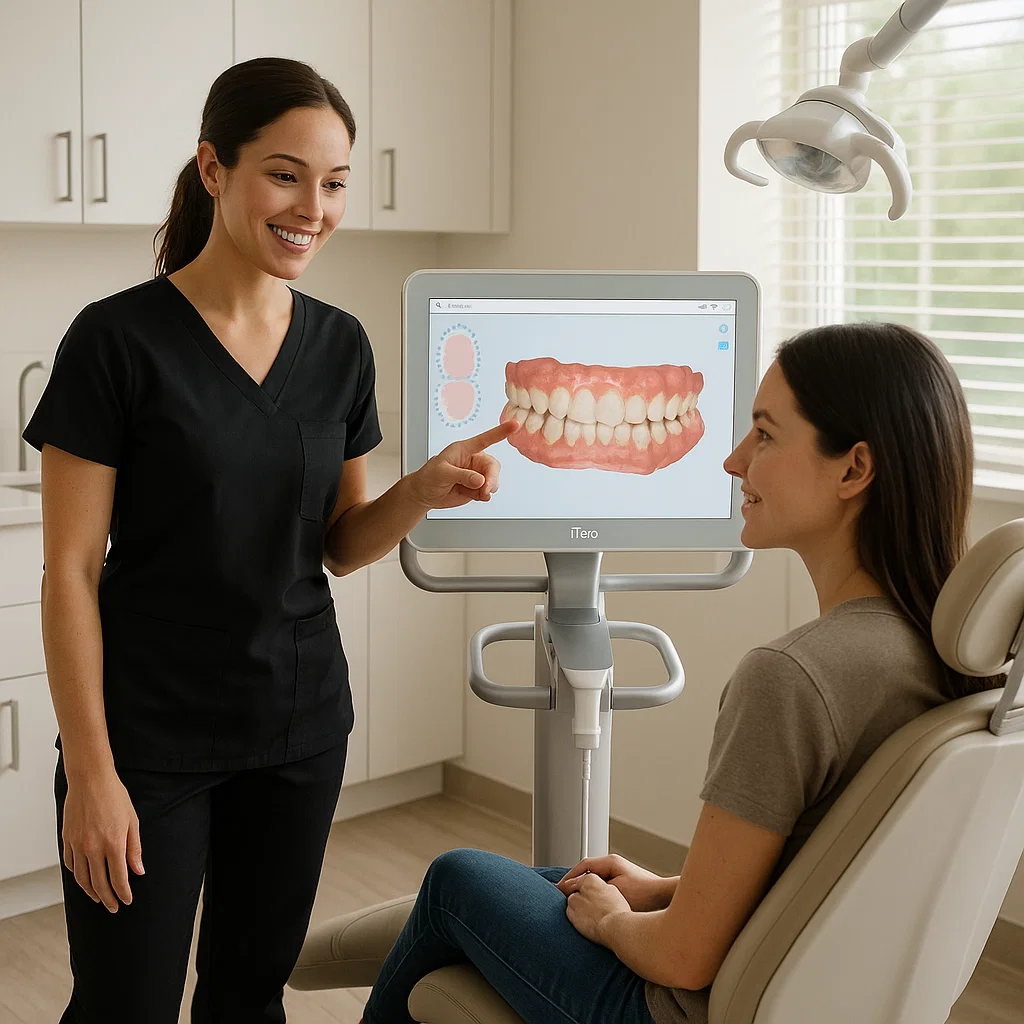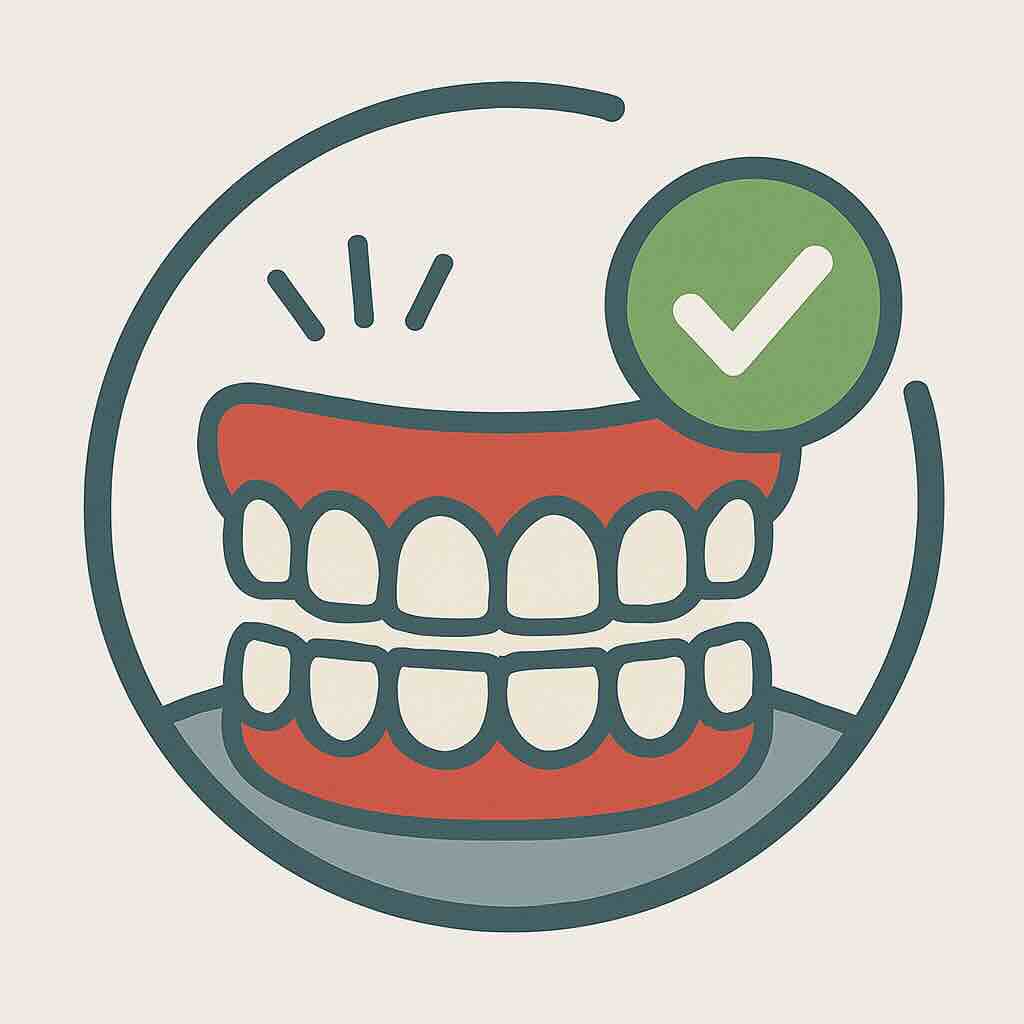Sometimes a cavity or fracture is too large for a simple filling but doesn’t require a full crown.
At KYT Dental Services, we use dental onlays to repair and strengthen teeth while preserving as much natural structure as possible.


Onlays are custom restorations that cover the chewing surface of a tooth, including one or more cusps (the raised points on your tooth). They:




✨ Repairs minor to medium-sized decay
✨ Quick and affordable solution
✨ Done in a single appointment
✨ Works when tooth cusps are still intact
Bottom Line: Fillings are great for smaller cavities, but they don’t provide strength if your tooth’s cusps are damaged.

⚡ Covers one or more cusps of the tooth
⚡ Protects against fractures by distributing biting forces
⚡ Custom-made for durability and natural appearance
⚡ Preserves more healthy tooth than a full crown
Bottom Line: Onlays are ideal when a filling won’t hold, but a full crown isn’t necessary — giving strength, protection, and a natural look.
Onlay Appointment:
Filling Appointment:





